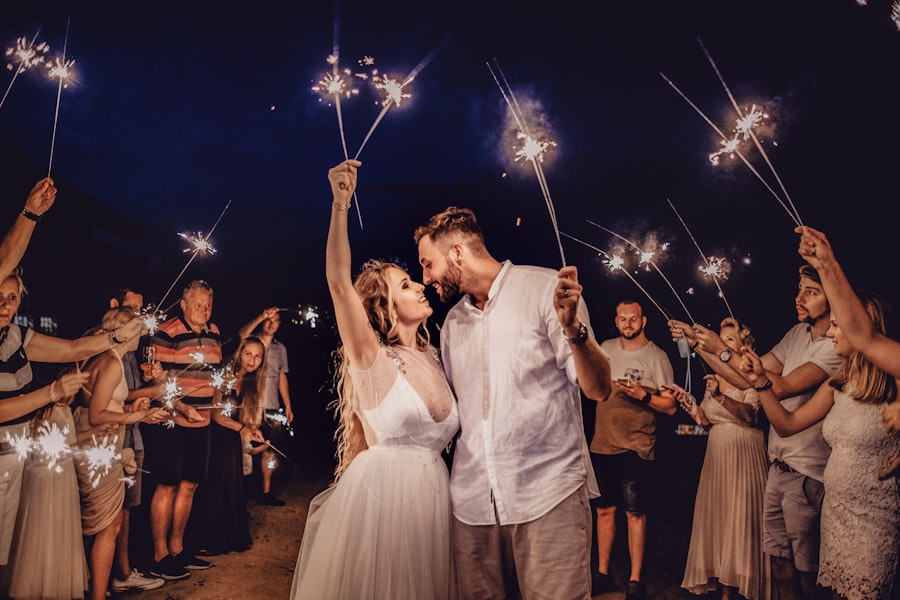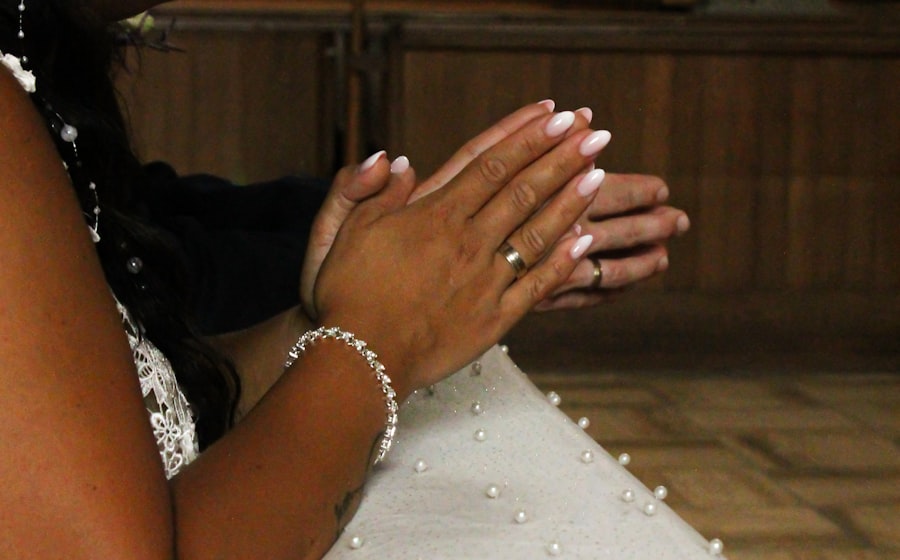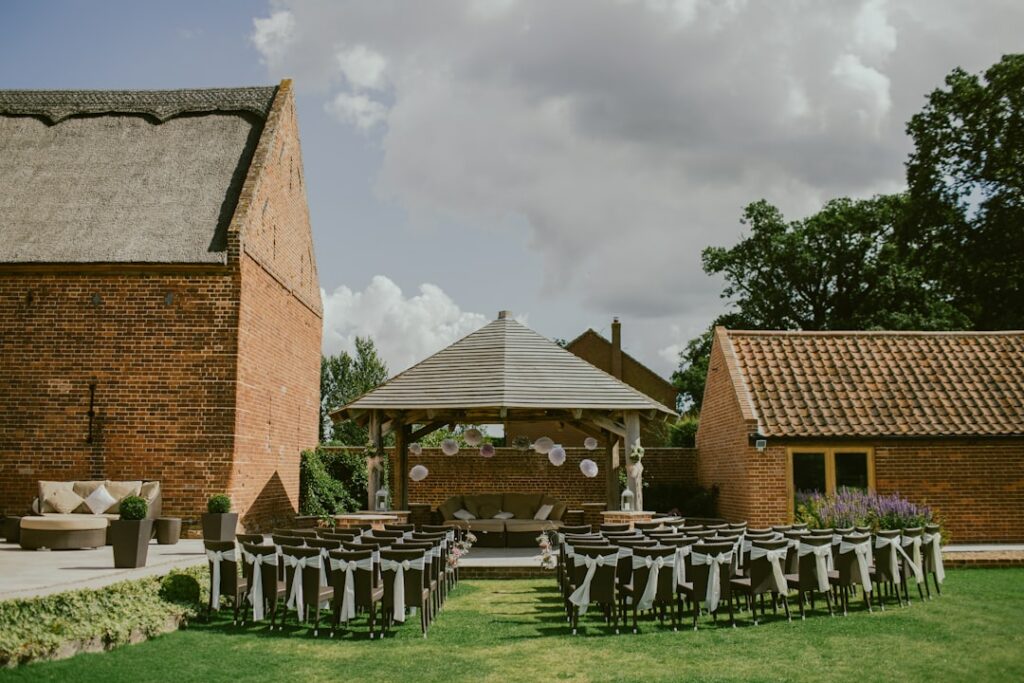Traditional British ceremonies hold a significant place in the cultural fabric of the United Kingdom. They serve not only as a means of celebrating historical events and milestones but also as a way to reinforce community bonds and national identity. These ceremonies often encapsulate centuries of history, reflecting the values, beliefs, and traditions that have shaped British society.
By participating in or observing these events, you become part of a larger narrative that connects you to your ancestors and fellow citizens, fostering a sense of belonging and continuity.
Moreover, traditional ceremonies provide a platform for the expression of collective memory. They allow you to remember and honour those who have come before you, ensuring that their contributions and sacrifices are not forgotten.
Whether it is the solemnity of Remembrance Day or the jubilance of a royal wedding, these events evoke emotions that resonate deeply within you. They remind you of the shared experiences that define your culture, reinforcing the idea that you are part of something greater than yourself.
Summary
- Traditional British ceremonies play a significant role in preserving cultural heritage and identity.
- Ceremonies in British culture serve as a means of bringing communities together and celebrating shared values and traditions.
- Key traditional British ceremonies include the Changing of the Guard, Trooping the Colour, and Remembrance Day.
- Traditional British ceremonies have evolved over time to reflect changes in society and to remain relevant in modern times.
- Ceremonial attire and regalia hold great significance in traditional British ceremonies, symbolising history, status, and tradition.
The Role of Ceremonies in British Culture
Ceremonies play a pivotal role in British culture, acting as markers of time and milestones in both personal and communal life. They are often steeped in tradition, with rituals passed down through generations, creating a sense of continuity and stability in an ever-changing world. When you engage in these ceremonies, you participate in a rich tapestry of history that connects you to your heritage.
This connection is vital, as it helps to ground you in your identity and provides a framework for understanding your place within society. In addition to their historical significance, ceremonies also serve as a means of social cohesion. They bring people together, fostering relationships and strengthening community ties.
Whether it is a local festival, a national holiday, or a family celebration, these events create opportunities for interaction and shared experiences. You may find that participating in such ceremonies enhances your sense of belonging and reinforces the values that are important to your community. In this way, ceremonies are not merely events; they are vital expressions of culture that shape your understanding of who you are.
A Look at Key Traditional British Ceremonies

Among the myriad traditional British ceremonies, several stand out for their historical significance and cultural impact. One such event is the Changing of the Guard at Buckingham Palace, which has become an iconic symbol of British heritage. As you watch the guards in their distinctive uniforms perform their intricate routines, you cannot help but feel a sense of pride in the traditions that have been upheld for centuries.
This ceremony not only showcases the discipline and precision of the British Army but also serves as a reminder of the monarchy’s enduring presence in British life. Another key ceremony is Trooping the Colour, which marks the official birthday of the reigning monarch. This grand event features a spectacular parade filled with military pageantry, music, and vibrant displays of colour.
As you witness the spectacle unfold, you are transported into a world where history and tradition come alive. The event is not just a celebration of the monarchy; it is also an opportunity for you to reflect on the unity and resilience of the nation. Such ceremonies encapsulate the essence of British culture, blending history with contemporary relevance.
The Evolution of Traditional British Ceremonies
While traditional British ceremonies are deeply rooted in history, they have also evolved over time to reflect changing societal values and norms. As you explore this evolution, you may notice how certain ceremonies have adapted to accommodate modern sensibilities while still retaining their core elements. For instance, many religious ceremonies have become more inclusive, allowing for greater participation from diverse communities.
This shift demonstrates a recognition of the multicultural nature of contemporary Britain and highlights the importance of inclusivity in preserving traditions. Additionally, technological advancements have influenced how ceremonies are conducted and experienced. With the rise of social media and live streaming, you can now participate in or witness traditional events from anywhere in the world.
This accessibility has broadened the audience for these ceremonies, allowing people who may not be able to attend in person to engage with their cultural heritage. As you navigate this changing landscape, it becomes clear that while traditions may evolve, their significance remains intact.
The Significance of Ceremonial Attire and Regalia
Ceremonial attire and regalia play an essential role in traditional British ceremonies, serving as visual representations of history and authority. When you see figures adorned in elaborate uniforms or robes, it evokes a sense of reverence and respect for the occasion. These garments are often steeped in symbolism, reflecting the values and traditions associated with specific roles or events.
For instance, the distinctive bearskin hats worn by the guards at Buckingham Palace are not merely functional; they represent centuries of military tradition and pride. Moreover, ceremonial attire can also serve to unify participants and spectators alike. When everyone dons specific clothing for an event—be it a wedding or a national celebration—it creates a sense of belonging and shared purpose.
You may find that wearing traditional attire during such occasions enhances your connection to the event and those around you. In this way, ceremonial attire transcends mere fashion; it becomes an integral part of the experience, enriching your understanding of the ceremony’s significance.
The Influence of British Ceremonies on Global Culture

British ceremonies have had a profound influence on cultures around the world, often serving as templates for similar events in other nations. As you examine this global impact, it becomes evident that many countries have adopted elements of British ceremonial practices, infusing them with their own cultural nuances. For instance, royal weddings have garnered international attention, inspiring similar celebrations in various cultures that seek to emulate the grandeur and pageantry associated with British royalty.
Furthermore, British ceremonies often serve as cultural touchstones that promote diplomacy and international relations. When dignitaries from different countries attend events such as state banquets or royal celebrations, they engage in a shared experience that fosters goodwill and understanding. You may find that these ceremonies act as bridges between cultures, allowing for dialogue and collaboration on a global scale.
In this way, traditional British ceremonies extend beyond national borders, influencing global culture while simultaneously enriching your own understanding of diverse traditions.
Modern Adaptations of Traditional British Ceremonies
In recent years, there has been a noticeable trend towards modern adaptations of traditional British ceremonies. As society evolves, so too do the ways in which these events are celebrated. You may observe that many contemporary ceremonies incorporate elements that reflect current values such as inclusivity and sustainability.
For example, weddings now often feature personalised vows or eco-friendly practices that resonate with modern couples seeking to honour tradition while making their own mark. Additionally, technology has played a significant role in reshaping how traditional ceremonies are experienced. Virtual participation has become increasingly common, allowing individuals who cannot attend in person to engage with events through live streams or social media platforms.
This shift not only broadens access but also encourages new forms of expression within traditional frameworks.
As you navigate these modern adaptations, it becomes clear that while traditions may change over time, their essence remains intact—continuing to connect you with your cultural heritage.
The Future of Traditional British Ceremonies
Looking ahead, the future of traditional British ceremonies appears both promising and uncertain. As society continues to evolve, these events will likely adapt to reflect changing values and demographics. You may find that new traditions emerge alongside established ones, creating a dynamic cultural landscape that honours the past while embracing innovation.
This evolution will require careful consideration to ensure that the core significance of these ceremonies is preserved even as they adapt to contemporary contexts. Moreover, as globalisation continues to shape cultural exchanges, traditional British ceremonies may increasingly incorporate influences from diverse cultures within Britain itself. This blending could lead to richer experiences that celebrate multiculturalism while maintaining respect for historical practices.
As you contemplate the future of these ceremonies, it becomes evident that they will remain vital expressions of identity—connecting you to your heritage while inviting new interpretations that reflect the ever-changing nature of society. In conclusion, traditional British ceremonies are more than mere events; they are vital expressions of culture that connect you to your history and community. As they evolve over time, they continue to play an essential role in shaping national identity while influencing global culture.
By engaging with these traditions—whether through participation or observation—you contribute to a rich tapestry that celebrates both continuity and change within British society.
If you are interested in exploring unique and meaningful wedding traditions, you might find the article on hand-fasting traditions during Scottish humanist weddings quite enlightening. Hand-fasting is a beautiful ceremony that symbolises the binding together of two lives and is deeply rooted in Scottish history. To learn more about this fascinating tradition and how it can add a personal touch to your special day, read the detailed guide available here.
FAQs
What are ceremonies?
Ceremonies are formal events or rituals that often mark important occasions or milestones. They can be religious, cultural, or social in nature and are typically characterized by specific traditions, customs, and symbols.
What are some examples of ceremonies?
Examples of ceremonies include weddings, funerals, graduations, religious rites, award ceremonies, and inauguration events. These events often involve specific rituals, such as exchanging vows, presenting awards, or performing religious prayers.
What is the purpose of ceremonies?
Ceremonies serve various purposes, including celebrating achievements, marking significant life events, honouring traditions, and bringing communities together. They can also provide a sense of closure, transition, or continuity in people’s lives.
How are ceremonies typically conducted?
Ceremonies are often conducted according to established protocols and traditions. They may involve specific attire, music, speeches, symbolic gestures, and the participation of designated individuals, such as officiants, family members, or community leaders.
Why are ceremonies important?
Ceremonies play a crucial role in preserving cultural heritage, fostering a sense of belonging and identity, and providing individuals with a sense of purpose and meaning. They also help to create lasting memories and strengthen social bonds within communities.

